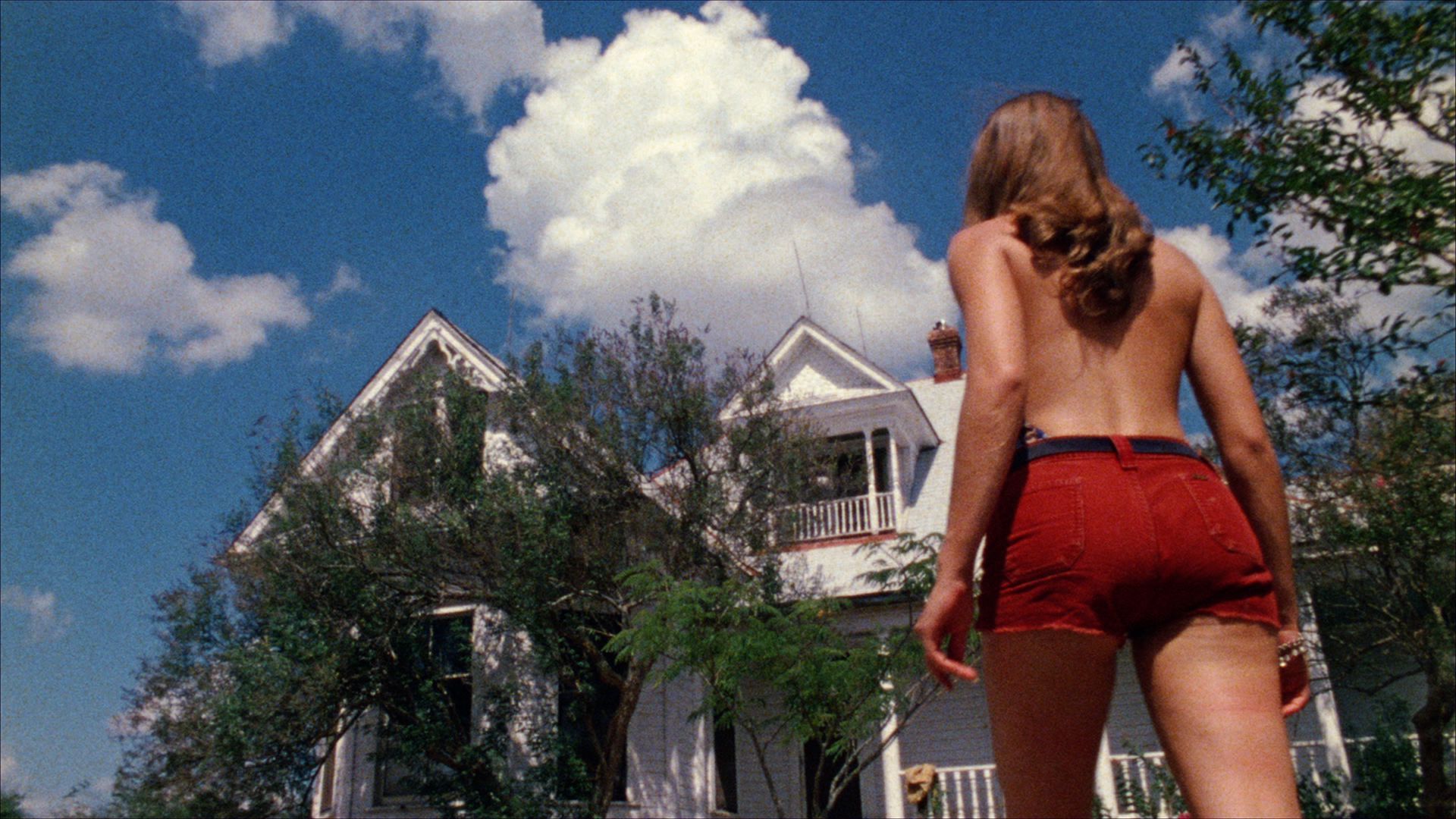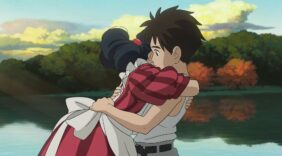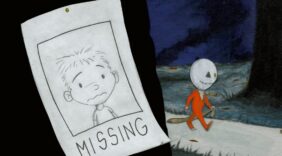
The Grindhouse Genesis: How The Texas Chain Saw Massacre Changed Horror
Written by on Jul 25, 2025 12:00 PM
When legendary director Tobe Hooper unleashed his independent film, The Texas Chain Saw Massacre, in 1974 to the recently transformed theatrical landscape (one that marked the end of Hollywood’s Motion Picture Production Code and the introduction of film ratings), audiences weren’t ready [1]. What viewers expected to be another B-movie shocker became one of the most visceral, psychologically disturbing, and relentlessly influential cult films in history. It’s one that inspired generations of filmmakers and became a rite of passage for horror fans brave enough to venture into the nightmarish world crafted by Hooper.

The Texas Chain Saw Massacre terrified audiences at a time before horror franchises dominated the box office and jump scares were formulaic tools, carving a legacy with its raw intensity, shocking realism, and one of cinema’s most iconic killers. With the film returning to theatres nationwide August 18th for Texas Chain Saw Day, we grabbed ourselves some good old fashioned Sawyer barbecue and dove into the influence of the film on cinema.
Before The Texas Chain Saw Massacre, horror was often defined by gothic monsters and supernatural threats; influenced by European aesthetics. Unlike these polished Hollywood productions, Hooper ripped the horror out of the castles and cobblestone streets and dropped it into the sun-scorched heart of rural America. Using grainy 16mm footage and an unknown cast of college graduates and dropouts, he injected a sense of realism that blurred the line between fiction and documentary. Creating, as director Wes Craven stated, a film that “looked like someone had stolen a camera and started killing people” [2].
The power of this growing grindhouse genesis comes from the film’s lack of blood and guts, instead focusing on psychological violence and torture. Our chainsaw-wielding antagonist, Leatherface became an icon not because he was an unkillable supernatural force, but because he felt like something that could exist. A reflection of the growing cultural anxieties of 1970s America, one that was coming out of the wake of the Vietnam War, Watergate, and a growing disillusionment with the idea of the American dream.

Leatherface’s indifferent, dispassionate approach to murder didn’t need carnage to be chilling, and this is apparent with almost all of his victims. One haunting example is when he stabs a teenager to a meat hook, with the camera slowly zooming into her petrified face as she hangs screaming like an animal in a slaughterhouse. The more palpable and sinister reality is unveiled when we meet Leatherface’s cannibalistic family. The Sawyers represented a potent metaphor for how society had turned on itself – with our ordinary protagonists becoming casualties of this rotten core.
Despite the critical backlash and censorship bans the film faced upon release, it grossed over $30 million at the box office, revolutionizing independent filmmaking. In 1999, The Texas Chain Saw Massacre was added to the Museum of Modern Art’s permanent film collection. And in 2024, it was preserved in the National Film Registry by the Library of Congress for being “culturally, historically, and aesthetically significant” [3].
While Alfred Hitchcock and Michael Powell are often cited for introducing the world to the concept of the slasher with Psycho and Peeping Tom in 1960, The Texas Chain Saw Massacre laid the groundwork for the modern slasher formula that exploded in the late ‘70s and ‘80s. Unlike these other films, Hooper created tropes that would go on to define the subgenre: a group of young adults venturing into an isolated location, encountering a monstrous masked killer (or family of killers) picking them off one by one, and a final survivor, often female (the final girl).
This formula became the bedrock of slasher cinema, and Sally Hardesty (played by Marilyn Burns) cemented herself as the original final girl, with her blood-curdling screams and desperate fight through the night becoming the archetype. John Carpenter stated that The Texas Chain Saw Massacre was not only a major influence on his final girl, Laurie Strode, in Halloween (1978), but praised the film for opening the doors to the new wave of independent horror filmmaking; one that proved creating a low-budget film outside the studio system could achieve massive success. This approach to focusing on character-driven horror helped evolve the final girl trope. Its roots are firmly planted in that iconic sequence of Sally stumbling onto the road at dawn, laughing and crying in the back of a pickup truck as Leatherface dances in frustration, an image that still haunts audiences to this day.
Another iconic symbol introduced in The Texas Chain Saw Massacre was the masked killer. Unlike Dracula or Frankenstein’s monster, Leatherface wasn’t a creature of legend or lore, but a man in a mask (made from human skin) motivated, not by revenge or a tragic backstory, but by family, obedience, and the terrifying banality of evil. The mask became a new type of horror icon, and a staple of the slasher subgenre, with villains such as Michael Myers, Jason Voorhees, and countless others following in Leatherface’s footsteps.

The Texas Chain Saw Massacre remains a potent symbol of the slasher template. Even if the subgenre and its tropes have been expanded upon, contemporary filmmakers such as Ti West injected the essence of this film into both Pearl (2022) and X (2022).
Over fifty years since its release, The Texas Chain Saw Massacre remains one of the greatest American horror films ever, with countless filmmakers such as Guillermo del Toro, Eli Roth, Nicholas Winding Refn, and Rob Zombie citing it as a huge inspiration for their horror films. From its stripped down, documentary-style brutality to the eerie, sun-drenched realism, the film broke all expectations of what the genre could be. Dragging the terror out of the shadows and putting a face to it, and as a result it will live in the annals of horror history.
Sign up for our newsletter to keep up to date with all our screenings.





"*" indicates required fields